Which bicycle helmet is the right one for me?
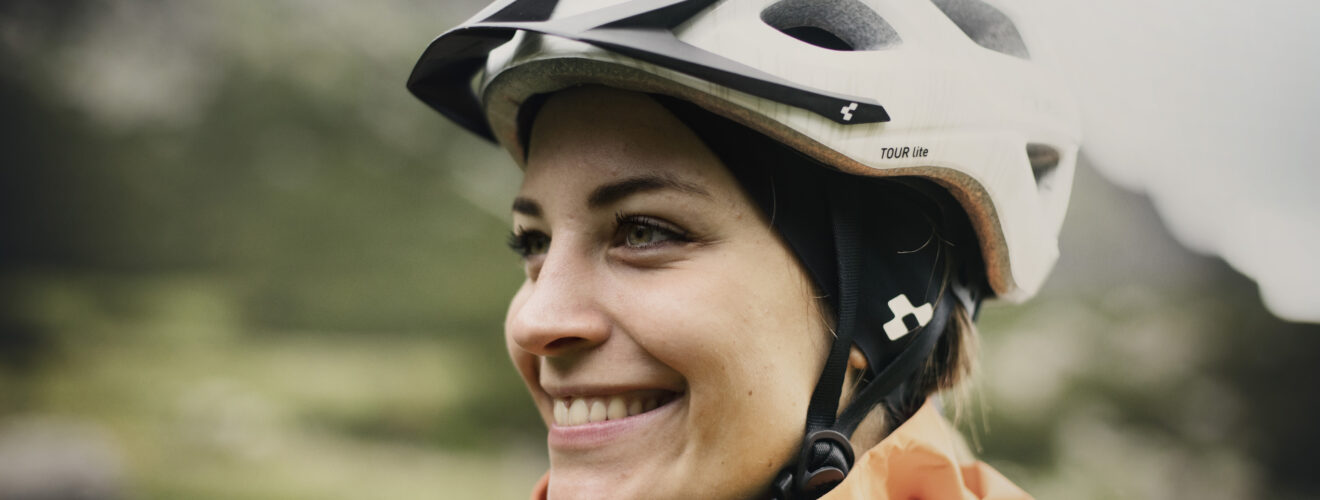
Even though it is not compulsory in Germany to wear a helmet when cycling (this does not apply to children under the age of 12), it is still logical and advisable to protect your head. With a perfectly fitting bicycle helmet, you can cycle safely through everyday life and to your desired destination, and in an emergency it can save your life
The selection of bicycle helmets is huge. Safety first and accordingly, high-tech helmets are now offered with so-called in-mold constructions, ring-fit systems, integrated insect protection and reflective logo prints. Many helmets offer active temple ventilation and polycarbonate reinforcement for even more safety. Some manufacturers offer helmets that score with a guaranteed individual fit. Full-face helmets ensure maximum safety when downhill, offer an extra large field of vision for a perfect overview and are compatible with Uvex cross goggles. Some helmets can be optionally upgraded with mounts for cameras.
How do I determine the size of my bike helmet?
First you should find out your helmet size. Measure the circumference of your head with a tape measure or thread, 1 cm above your eyebrows and over your ears, and make a note of it. Sizes vary slightly depending on the manufacturer. Check with the manufacturer for exact measurements before buying.
Helmet sizes (guidelines):
- 53 – 54 cm: XS
- 55 – 56 cm: S
- 57 – 58 cm: M
- 59 – 60 cm: L
- 61 – 64 cm: XL
Helmet sizes for children:
- From 1 year (44 – 49 cm): XS
- From 2 years (46 – 51 cm): S
- From 3 years (49 – 53 cm): S/M
- From 4 years (52 – 58 cm): M
If the measurement is right on the border of the next size up, you should choose the larger model. Put the helmet on and shake your head vigorously back and forth. If it slips off, it is too big for you.
Comfort
The helmet should fit well and not pinch, even when the buckle is open. Adjust the bicycle helmet correctly with the straps provided and the chin strap.
Extra features
Ventilation slots provide draught and reflectors for extra safety. Washable wearing pads inside provide a comfortable fit. There are also cycle helmets with battery-operated lights and indicators, for maximum comfort.
All helmets sold in Germany are subject to the DIN/EN-1078 standard. Furthermore, every helmet should have a CE, GS and TÜV seal. If you wear glasses, you should test whether the helmet is compatible with your glasses. This is very model-dependent and can only be tried out.
After a fall on the head or after approx. 2 – 5 years, the helmet should be replaced to guarantee full safety.
There is a suitable bicycle helmet for every type of use
For mountain biking, you may need a helmet with a visor to protect against the sun, branches or small stones. Road cyclists need an aerodynamic helmet that weighs little. City/touring cyclists usually have additional reflectors or lights for use in road traffic. If you are more likely to be riding downhill, then a full-face helmet is recommended, which protects your head all round.
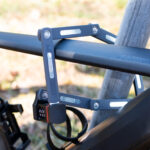
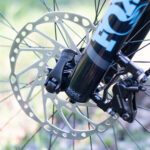

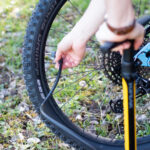


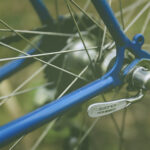

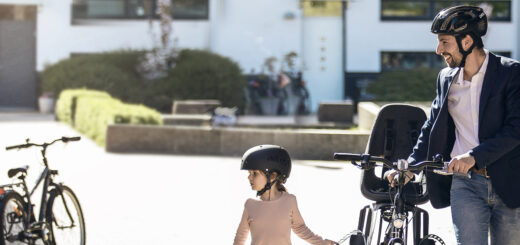

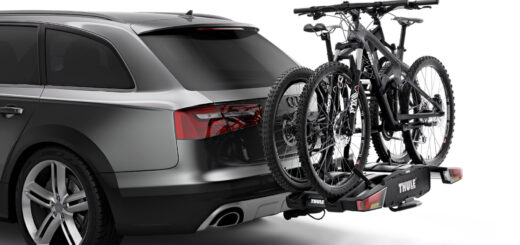








Recent Comments